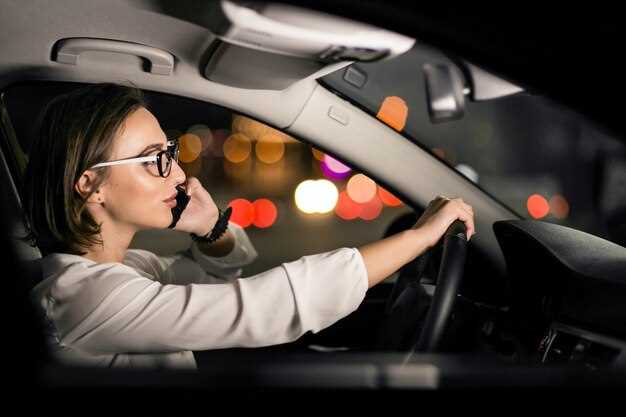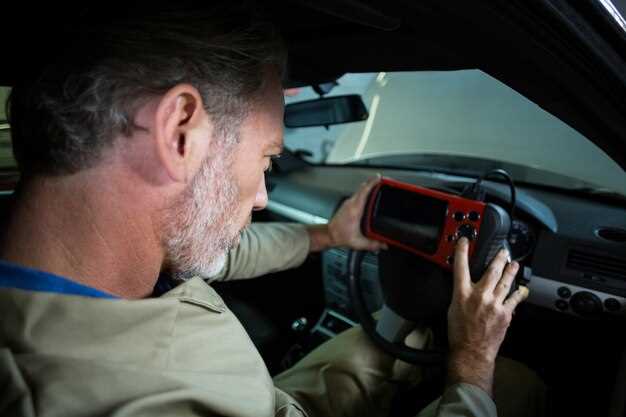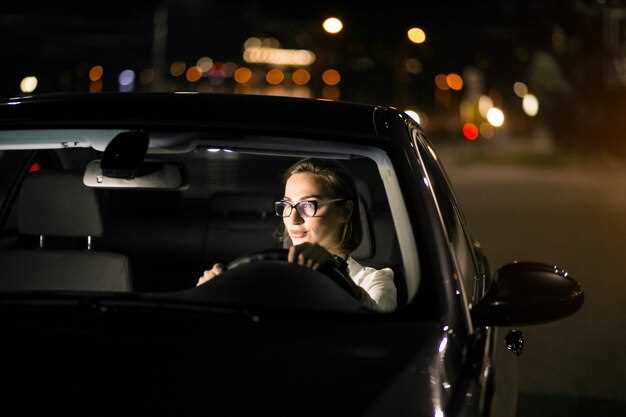
The appropriate use of car emergency lights is crucial for ensuring safety on the road. These lights serve as a visual signal to other drivers, indicating that your vehicle is experiencing a situation that requires caution. Understanding when and how to use these lights effectively can prevent accidents and enhance overall road safety for everyone.
Emergency lights, commonly referred to as hazard lights, should be deployed in situations such as vehicle breakdowns, accidents, or when your car is stopped unexpectedly on the road. When activated, they indicate to other motorists that they should approach with care. However, misuse of these lights can lead to confusion and potentially create dangerous driving conditions.
In this article, we will explore the correct scenarios for using car emergency lights, the etiquette surrounding their activation, and state-specific regulations governing their usage. By following these guidelines, you can become a more responsible driver and contribute to safer roads for all.
Understanding the Different Types of Emergency Lights

Emergency lights are crucial for ensuring safety on the road during emergencies. They come in various forms, each designed for specific situations. Understanding these types can help drivers utilize them effectively.
The most common type of emergency light is the flashing beacon. This light typically emits a bright, intermittent flash to signal an alert. It is often used by emergency vehicles, such as police cars and ambulances, to notify other drivers of their presence, allowing them to clear the way.
Another prevalent type is the strobe light. Strobe lights produce quick and repeated bursts of light, providing high visibility in low-light conditions. These lights are usually mounted on the roof or rear of emergency vehicles and can also be used by construction crews and roadside assistance providers to warn passing motorists.
Rotating lights are also familiar, characterized by their rotating mechanism that spreads light over a wider area. These lights are often seen on fire trucks and sometimes on tow trucks, combining both visibility and a visual cue of urgency.
LED light bars are increasingly popular due to their durability and energy efficiency. They provide a bright, continuous light and can be mounted on various vehicles. These bars can also often change colors or patterns, making them versatile for different situations, such as traffic control or personal safety.
Finally, personal emergency lights, often handheld or attachable to clothing, serve individual drivers in emergencies. These lights can alert other motorists when a car is stalled or when a driver is conducting roadside assistance.
Understanding these types of emergency lights enables drivers to respond adequately and enhances overall road safety, minimizing potential hazards during critical situations.
When and How to Activate Your Emergency Lights

Knowing when and how to activate your emergency lights is crucial for enhancing safety on the road. Emergency lights, or hazard lights, serve a vital purpose during specific situations that require immediate attention.
Emergency lights should be activated when you encounter a breakdown, causing your vehicle to stop unexpectedly. This alerts other drivers that your vehicle is stationary and may pose a hazard. You should also activate your emergency lights when you are pulled over to the side of the road for any reason, including waiting for roadside assistance or dealing with tire issues. By doing so, you signal to approaching traffic to slow down and proceed with caution.
Another instance where emergency lights are essential is during adverse weather conditions, such as heavy rain or fog, where visibility is significantly reduced. Activating your lights in these situations helps ensure that other drivers can see your vehicle and recognize that you are moving cautiously.
To activate your emergency lights, locate the hazard light button, usually marked with a red triangle symbol on your dashboard. Press the button to turn on the lights, which will flash all turn signal lights simultaneously. It is important to ensure that your vehicle is safely positioned to avoid obstructing traffic before activating your emergency lights.
While your emergency lights provide significant warning to other drivers, remember to turn them off once the situation is resolved or when you are ready to continue driving. Leaving them on while in motion can confuse other motorists and lead to potential accidents.
Legal Regulations and Best Practices for Emergency Light Use
Understanding legal regulations surrounding the use of emergency lights is crucial for drivers to ensure compliance and safety. Regulations vary by state or country, so it is essential to consult local laws. Typically, only emergency service vehicles such as police cars, ambulances, and fire trucks have the legal right to use red and blue lights. In many regions, non-emergency vehicles must use amber or yellow lights, which are often reserved for roadside assistance or construction vehicles.
Best practices for using emergency lights include activating them only when necessary. Drivers should deploy emergency lights to alert other road users of a hazard, such as a breakdown or an obstruction. It is advisable to use the lights while stationary or in a safe location to prevent further accidents. For personal vehicles, it is recommended to not use emergency lights for non-emergency situations, as misuse can lead to legal penalties.
When using emergency lights, positioning plays a vital role. Lights should be clearly visible from a distance to effectively signal your presence. In addition, drivers should keep a safe distance from the road to avoid being struck by oncoming traffic while waiting for assistance. Regular maintenance of emergency lights is essential to ensure they function correctly when needed.
Negative consequences of improper usage can include fines, accidents, or even criminal charges in severe cases. Always ensure that your use of emergency lights aligns with both legal requirements and safety protocols. Being aware of local regulations and practicing responsible usage will enhance not only your safety but also that of others on the road.





